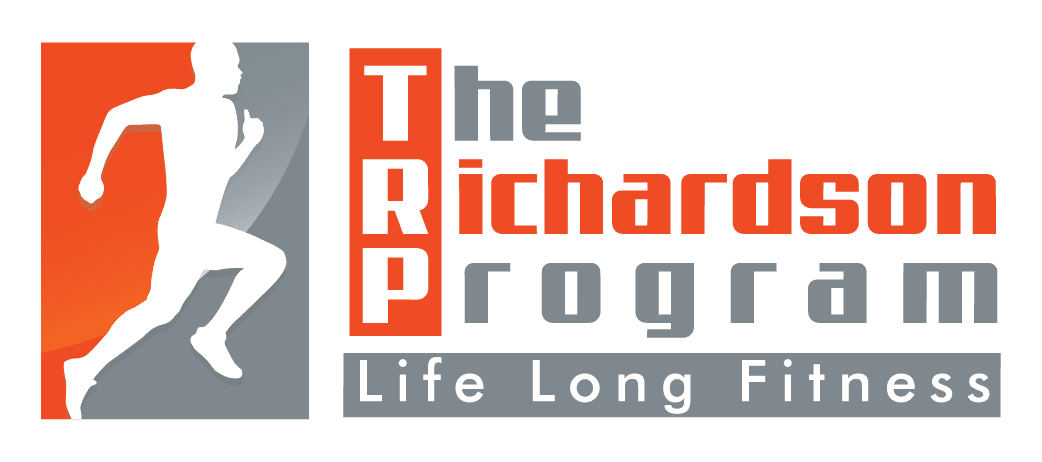Phosphagen systems
Only carbohydrates can be metabolized for energy without direct involvement of oxygen. The extent to which each is used depends primarily on the intensity of the activity and secondarily on its duration.
The Phosphagen system.
The Phosphagen system provides ATP primarily for Short-term high-intensity activity example resistance training and sprinting, and is active at the start of all exercises regardless of intensity. Myosin ATPase catalyzes the hydrolysis of ATP to form ADP and inorganic phosphate and release energy. Creatine kinase catalyzes the synthesis of ATP from creatine phosphate and ADP; creatine phosphate supplies a phosphate group that combines with ADP to form ATP.
Generally type ll, fast twitch, muscle fibers contain greater concentrations of Phospagens then type l, slow twitch, fibers. Another important reaction of the fosterage and system is the Myokinase reaction: this reaction provides an immediate source of ATP. It is also important because AMP is a powerful stimulant of glycolysis.
Creatine kinase activity for me if exercise discontinued at a high intensity. If Exercise is discontinued or continues at a intensity low enough to allow glycolysis or oxidative system to supply an adequate amount of ATP for the muscle cells energy demand the sarcoplasm concentration of ATP will likely increase.
Glycolysis System
Glycolysis is the breakdown of carbohydrates, either glycogen stored in the muscle or glucose
delivered in the blood to produce ATP.
Fast glycolysis
Fast glycolysis occurs during periods of reduced oxygen availability in the muscle cells and results in the formation of the organic end product lactic acid.
Lactic acid accumulation in tissue is the result of an in balance between production and utilization.
As lactic acid accumulates, there is a corresponding increase in hydrogen ion concentration, which is believed to inhibit glycolytic reactions and directly interfere with muscle excitation contraction coupling, possibly by inhibiting calcium binding Troponin or interfering with Cross bridging formation. Also, the increase in pH inhibits the Enzymatic activity of the cells energy system. The cumulative effect is a decrease in available energy and muscle contractile force during exercise.
Lactic acid is converted to its salt, lactate. Unlike lactic acid in the muscle, lactate is not believed to be a fatigue producing substance. Instead, lactate is often used as an energy substrate, especially in type l and cardiac muscle fiber. It is also used in gluconeogenesis, the formation of glucose from lactate and non-carbohydrate sources, during extended exercise and recovery. Along with exercise intensity and muscle fiber type, exercise duration, state of training, and initial glycogen levels can also influenced lactate accumulation.
Blood lactate concentrations reflect lactic acid production and clearance. The clearance of lactate from the blood reflects a return to Homeostasis and this a person’s ability to recover. Lactate can be cleared by oxidation within the muscle fiber in which it was produced, or it can be transported in the blood to other muscles fiber to be oxidize. Lactate can also be transported in the blood to the liver, where it is converted to glucose. This process is referred to as the Cori Cycle. Blood lactate concentrations normally return to pre-exercise values within an hour after activity.
Peak blood lactate concentrations occur approximately 5 minutes after the cessation of exercise, a delay frequently attributed to the time required to buffer and transport lactic acid from the tissue to the blood.
Blood lactate accumulation is greater following high-intensity, intermittent exercise then following low intensity, continuous exercise.
Reported highest blood lactate concentration after maximal bouts of anaerobic exercise.
Slow glycolysis
If oxygen is present in sufficient quantities in the mitochondria the in product of glycolysis, pyruvate, is not converted to Lactic acid but is transported to the mitochondria where it is taken up and enters the Krebs Cycle, or Citrus Acid Cycle.
Glycolysis produces a net of 2 molecules of ATP from 1 molecule of glucose. (glycolysis; the
rate of glycogen breakdown to glucose).
The oxidative (aerobic) system
This system is the primary source of ATP at rest and during low intensity activity and uses primarily carbohydrates and fats as substrates.
During high intensity aerobic exercises almost 100% of the energy is derived from carbohydrates.
During prolonged, submaximal, steady-state work, there is a gradual shift from carbohydrates back to fats and proteins as an energy substrates.
Glucose and glycogen oxidation.
If oxygen is present in sufficient quantities, the end product of glycolysis, pyruvate, is not converted to lactic acid but is transported to the mitochondria, where it is taken up and enters the Krebs cycle, or citric acid cycle. The oxidative system, beginning with glycolysis, results in the production of approximately 38 ATPs from the degradation of one glucose molecule.
